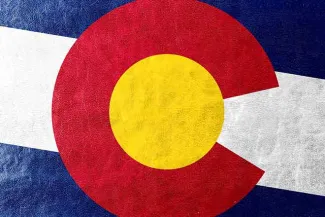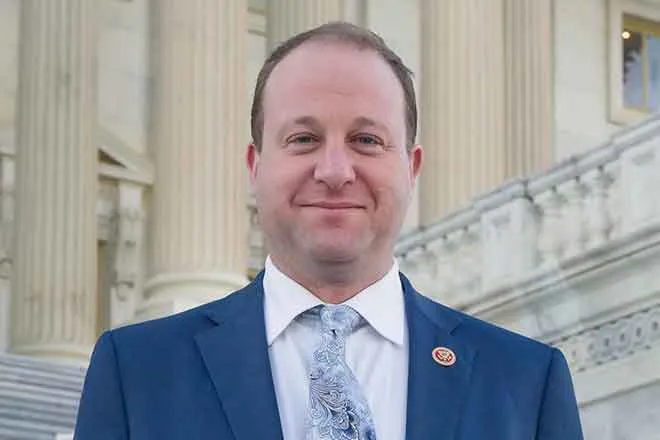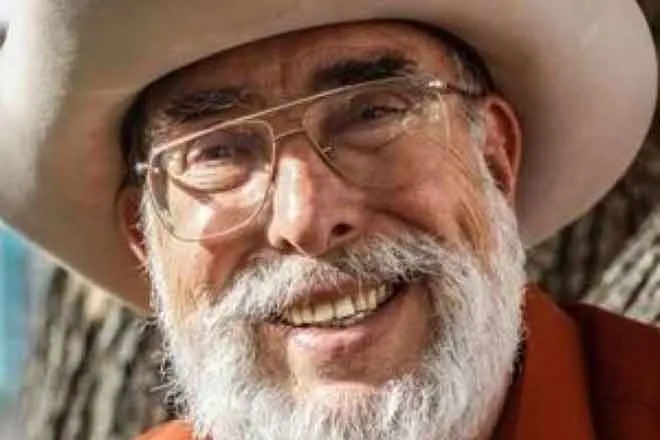
Colorado launches dashboard to track federal funding cuts
© JJ Gouin - iStock-1642293566
Colorado Governor Jared Polis this week launched an online dashboard that is tracking all the federal fund cuts to the state made by the Trump administration in the past six months.
So far, more than $75 million in funds has been terminated or left to expire, according to the dashboard.
“The Trump administration is trying to rip away local and state funding that supports cybersecurity and public safety, helps Coloradans access or charge low-cost electric vehicles, helps people access food and more,” Polis, a Democrat, said. “This dashboard will help increase transparency and accountability.”

© iStock - PromesaArtStudio.
Colorado has been a critical player in the coalition of Democratic states fighting against the many cuts pushed by the Republican president's administration, cuts that are motivated by efforts to cut waste and save money.
As of the beginning of June, the state had filed more than one dozen lawsuits against the administration, fighting everything from cuts to substance abuse prevention and mental health support to public safety and assistance to farmers.
Polis said this funding is due to the state.
“This is federal funding that has already been allocated to states by Congress, and now the administration is working to take it away. We are doing everything in our power to protect this funding for Coloradans and local governments, including pursuing legal action when necessary,” he said.
According to the dashboard, more than $282 million in federal funding has been reinstated. Another $56 million is still “at risk.”
Some of that at-risk funding includes money for programs at the Colorado Department of Labor and Employment, as well as the state Department of Public Safety.
This cut in funding is quite the backtrack from previous policy, when Colorado was looking to receive even more funding from the federal government.
“Before these cuts, the governor had led a nation-leading effort to increase federal funds coming to Colorado communities, including increased matching funds, regional grant navigators to support local governments in their applications for federal funds, and grant planning and writing assistance for state agencies,” said a statement from the governor’s office. “Colorado was a leader in drawing down federal funds.”

Currently, Coloradans pay more in federal taxes than they currently receive back in benefits, according to a recent study from the Rockefeller Institute of Government.
The study showed that for every $1 Coloradans pay in federal taxes, the state only receives $0.90 back in federal investments.
The governor’s office said it hopes the dashboard will help “ensure that Coloradans get a fair share of the taxes paid to the federal government.”
While the cuts on the dashboard are verified, they do not include fund freezes to institutions of higher education and local, nonprofit and community partners across Colorado.
The dashboard also digs into the potential impact of the Republican-proposed One Big Beautiful Bill Act, the budget reconciliation measure already passed by the House.
State leadership has been open in its opposition to the cuts included in the budget, which it predicts could have “devastating” consequences to the state budget and lead to an approximate “$1 billion ongoing shortfall.”
Low-income Coloradans are most likely to feel the effects of the cuts, with programs like Medicaid and SNAP facing the largest cuts. SNAP stands for the Supplemental Nutrition Assistance Program.
Advocates for the cuts argue they will help fix bloated government assistance programs, while returning more of the funding responsibilities to the states.

















